Christian Li Plays Handel Halvorsen Violin and viola duo
Once again, it’s back to school time and music teachers are preparing their classrooms with equipment and with innovation. You’d be surprised how many issues a music teacher encounters.
Organizing the room is the first priority. This means not only setting up chairs in orchestral position, it means making instruments, bows, and other equipment readily available and prearranged. The teacher must hang bows, arrange shoulder rests, and load cellos and basses into specially built shelving units. Here are some solutions devised by clever teachers.
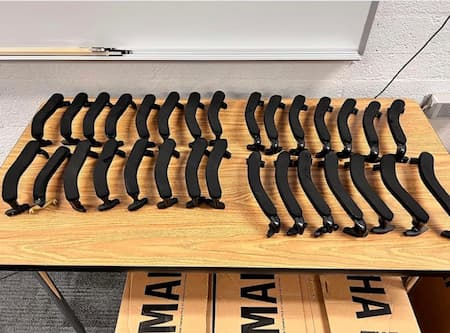

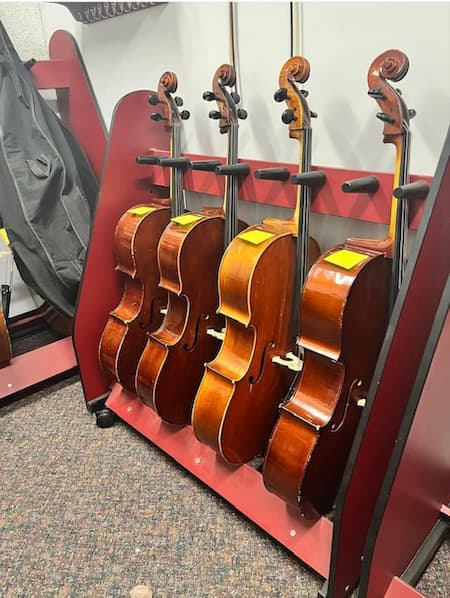
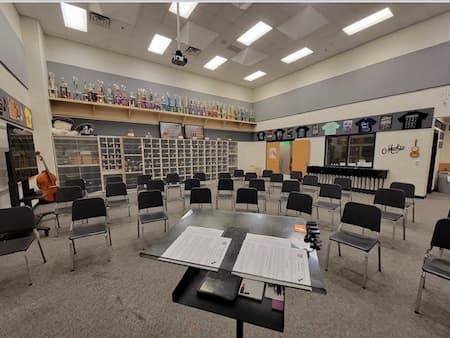
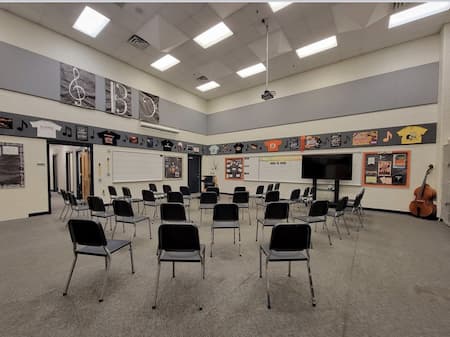
Instructors know that students often forget their pencils. Their brilliant solutions ensure that students have a pencil handy to mark instructions into the music. I’ve used the old-fashioned metal clip affixed to the bottom of the stand but these— everything from one-half of a travel toothbrush holder attached to the chair leg with zip ties, to loops affixed to music folders or the stand, Velcro below the bottom of the stand, or a clothespin gripping the stand— are creative solutions.
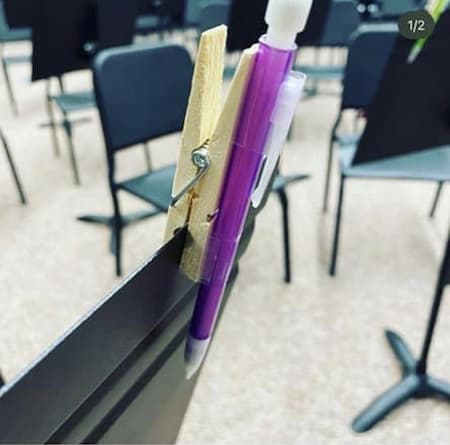
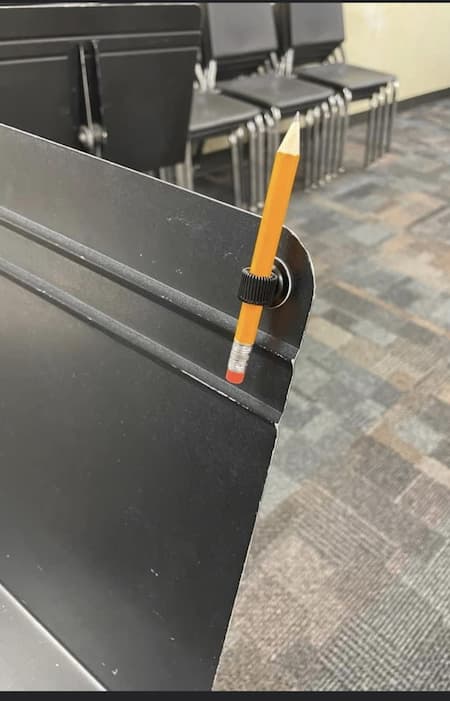
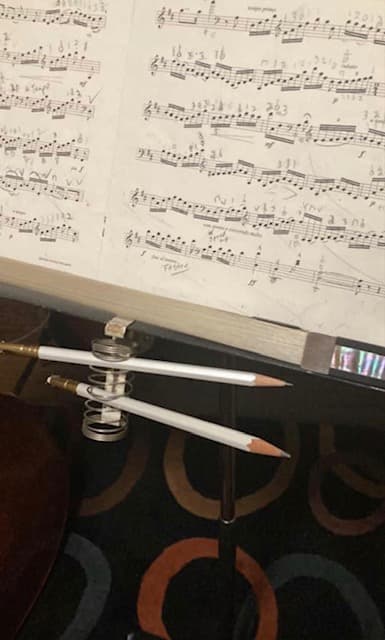
Cell phones present a unique challenge these days. Texting or glancing at screens means kids are not watching the music or the conductor. Perhaps playing music is the one place multi-tasking is not possible! But kids will try anything so teachers have come up with some unique solutions: locked compartments, locked individual cell phone pouches, or phone holders affixed to the back of each music stand away from sticky fingers.
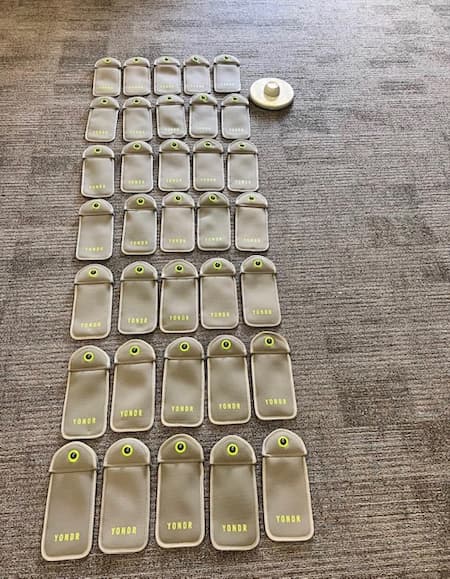
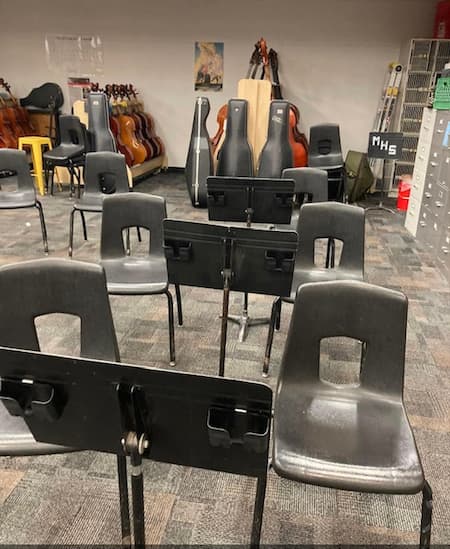
Sometimes a student will not only forget their music, they will unintentionally (or intentionally) forget their instrument at home. One resourceful teacher devised this system for the student to participate in class. At least they can work on the fingerings on these sticks.
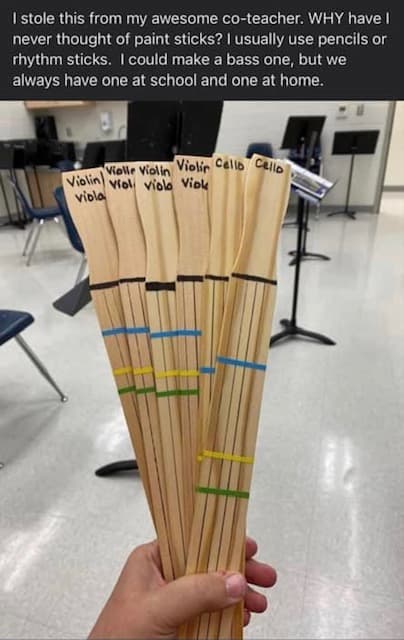
Climate control is important over the summer as massive mold outbreaks can occur. Mold spores in the air can land on the bass cases and grow. Not a healthy environment. Even when the teacher takes the case home to soak the case in bleach it is virtually impossible to prevent spores from making their way into the classroom. Professional cleaning is necessary and replacement of cases is the best option.

Parents may not have a concept of all the unique challenges there are when beginning an instrument. This do and don’t chart covers just a few issues that may seem self-evident. Kids need to know that if they drop an instrument it can be very damaging. Tell them cellos and basses are side-sleepers!

Inventive teachers might use shoe corn cushions or pads for cello and bass player’s left-hand thumb placement—opposite the second finger, the thumb resting lightly on the back of the instrument’s neck. Others have used them for thumb rests on the bow. Several years ago, a colleague went from pharmacy to pharmacy to buy corn pads for her 100 beginning students. The young cashier at the check-out counter couldn’t hide her consternation at the teacher who held every corn pad package that was available in the store. The cashier leaned over the counter to get a good look at the teacher’s feet. Trying to calm the clerk, my colleague said, “They’re for my children.” The clerk couldn’t help gawking.
When teaching how to use the fine tuners on a string instrument, (the silver tuners on the tailpiece), the explanation clockwise and counter-clockwise is quite outdated. Teachers now use “righty-tighty, lefty-loosy” or the thumb drives: drive toward the higher string to go higher, drive toward the lower string to go lower.
The dress code for performances is a big issue as it is for professional orchestras as well as amateur and student groups. Most schools find it necessary to spell out the requirements so there is no room for error. It’s not unheard of for a student who plays the cello to show up in a mini-skirt, or a bustier, or a violist with wild flamboyant socks. When a teacher suggested a colorful accessory could be worn, someone showed up with face paint, another showed up with a bare midriff with a shocking pink waistband around her pants. And don’t get us started about long painted fingernails!
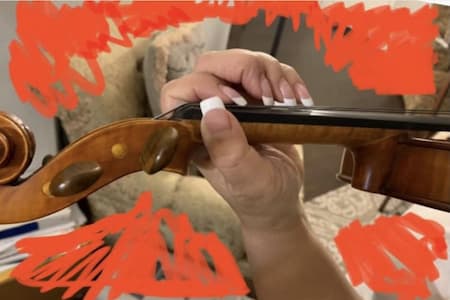
Meet Christian Li, the eleven year old violin prodigy
Here’s a guideline:
All clothing should be appropriate for a formal business setting free of prints, embroidery, patterns, lettering, or insignias. Legs and shoulders need to be covered. Attire must accommodate the instrument.
Black dress pants (no jeans)
Black skirt (knee-length minimum while seated)
Black long-sleeved button-down shirt
Black blouse (not sleeveless)
Black sweater (no sweatshirts)
Black dress with sleeves (knee length while sitting, not sleeveless)
Black dress-shoes no sneakers, no white soles, no sandals, and certainly no flip-flops.
Black socks (no bare feet)
Some teachers make it clear that if a student is financially incapable of providing concert attire, they can make arrangements directly through the teacher. Others have created a shoe-lending library or a shirt trading event.
10-year old violinist on twoset violin
And what about the constant issue of how to practice? Some teachers, early in the semester, assign their students the challenge of setting up their practice space and then giving the class a tour via a video, photos, or drawings. Not every student has a “perfect” or private place. Some will need to rely on the school space after or before school. If the kids hang out and practice together it may not be as productive as solo practicing but they do get something done and they have fun doing it. This establishes a positive attitude towards practicing in general—a good foundation for the future. Practice clubs or groups gathering at classmates’ houses on the weekend is also effective. Making music is a collaborative effort, so why not make it that way for practice?
It’s important that teachers present a unit on practicing to explain different techniques and demonstrate how to work on a passage. Practice logs or “check-ins” can be helpful.
Shall we get to the trouble-makers? What’s a school music teacher to do when a bass player carves graffiti, profanity, or unmentionable body parts onto their basses. Taking the instrument to a luthier to have these “drawings” sanded out and refinished is a big and expensive proposition. Make lemonade out of lemons, or as in this case, flowers or ice cream cones out of the male organ. Or when faced with swear words scrawled on the instrument add a letter to the doodle to create a new word like book, or shift, or punt, or pluck. At least you’ll purge the offensive design, even if the instrument is still defaced.
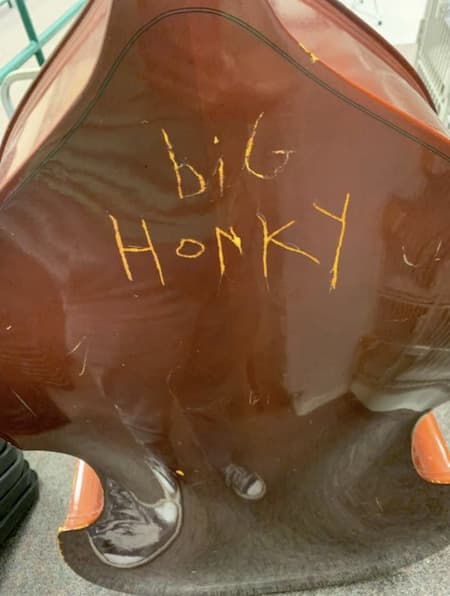
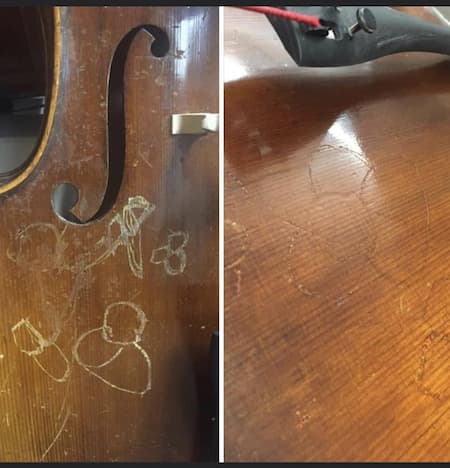
I hope this article illuminates some of the many challenges school music teachers face. With ingenuity, innovation, and dedication they inspire generations of future music lovers.
For more of the best in classical music, sign up for our E-Newsletter
Meet Cellist Sujari Britt


